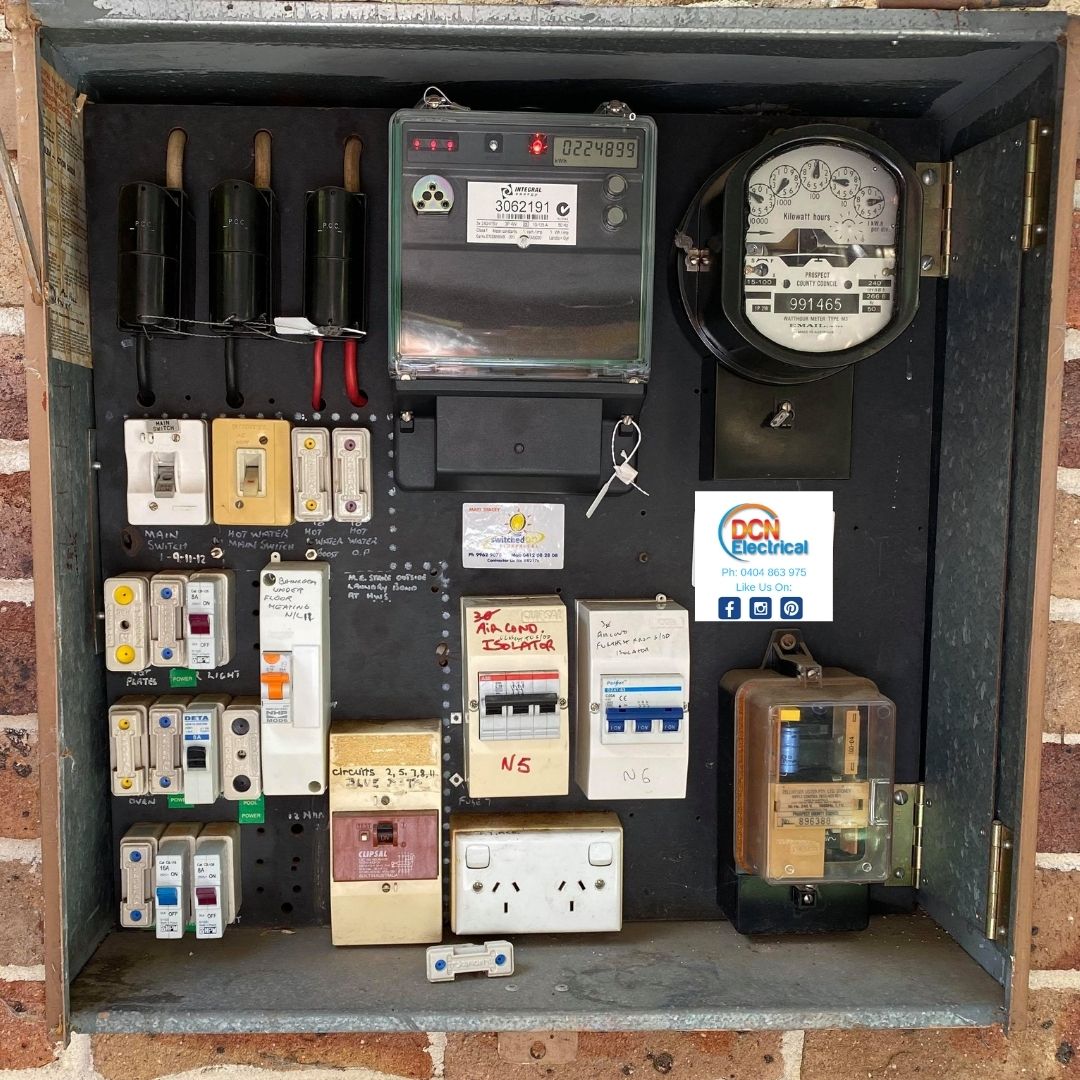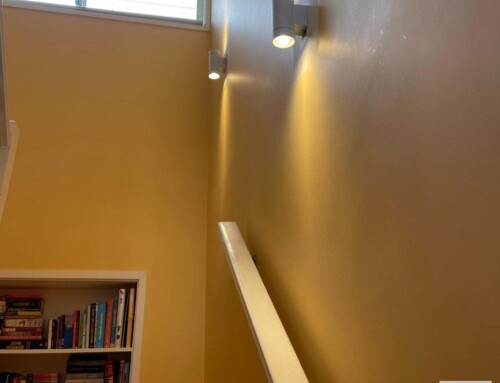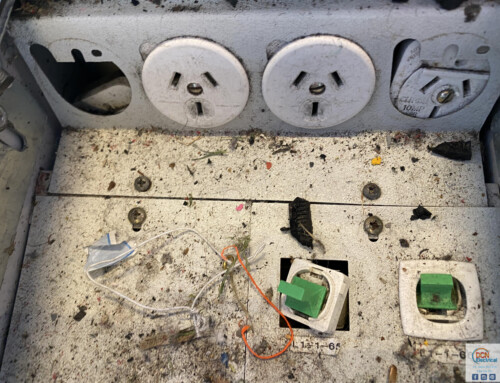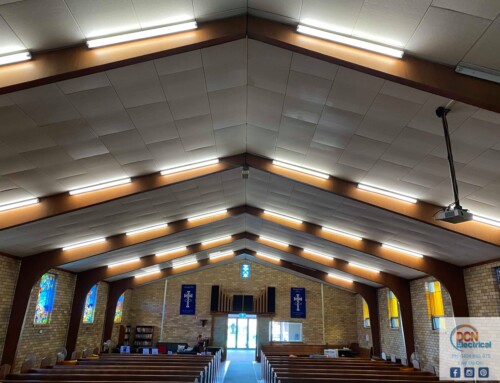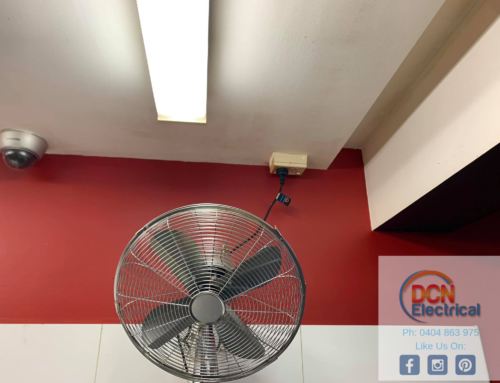Your electrical switchboard is the first point electricity goes through when coming into your home or business. It performs an important safety function. Sadly, it’s often overlooked and can be neglected. This can lead to costly mistakes come time to make upgrades to the building or appliances. So what do you need to know about your electrical switchboard?
What does an electrical switchboard look like?
Like buildings differ, so do their switchboards. Some contain the meter for the premise and others don’t. Some will have an older meter, others the new electronic meter. Some will have fuses and others circuit breakers. Our hope is that they all have a safety switch.
What we often find that as a building, especially a home, grows, so does the switchboard and so it’s not uncommon to have different technologies all on one switchboard.
Are meter boxes and electrical switchboards the same?
While your meter box can be on your switchboard, it’s not always the case. Subdivisions will often have a common metering point for all the buildings in the subdivision and then each building will have its own switchboard.
Your meter box is where your energy supplier will read your electricity consumption in your building and the switchboard looks after the electrical circuits using that electricity.
What does your electrical switchboard do?
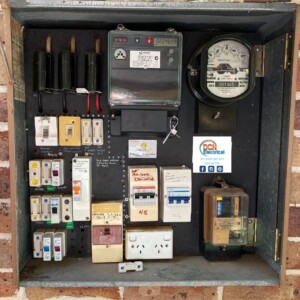 Your switchboard is the electrical heart of your home. The different circuits, and circuit breakers or fuses, come into the switchboard and carry the electricity to where it’s needed. This can be the lights, power points, heating and cooling, cooking, and hot water. Some of these things need to run on an individual circuit, like air conditioners and hot water. Others can be zoned, for example, all bedroom lights on a different circuit to the kitchen and lounge room lights. It’s the switchboard that directs the electricity around the home.
Your switchboard is the electrical heart of your home. The different circuits, and circuit breakers or fuses, come into the switchboard and carry the electricity to where it’s needed. This can be the lights, power points, heating and cooling, cooking, and hot water. Some of these things need to run on an individual circuit, like air conditioners and hot water. Others can be zoned, for example, all bedroom lights on a different circuit to the kitchen and lounge room lights. It’s the switchboard that directs the electricity around the home.
If one of these circuits is turned off, then no electricity will go there. If there’s a fault in the circuit, then your RCD safety switch will shut down the circuit or the building, depending on how it was set up by the electrician.
What maintenance does a switchboard need?
Every year you should check that your safety switches are working. This is best done by an electrician who has the tools to test and time the RCD safety switch as every millisecond counts with the safety of the people in the building.
Ensuring that your electrical switchboard is clean of pests or rodents not only makes it easier and safer for visiting electricians but it also means that the pests won’t be chewing on the important electrical safety equipment used by the switchboard.
You should be aware that your switchboard could contain asbestos. Asbestos, of varying types, was commonly used up to 1988 and banned from use in 2003. Unless your board was installed or upgraded after 2003, there’s a high chance that it contains asbestos. This is another reason not to undertake any DIY work on your electrical switchboard.
Can switchboards be out of date?
Thankfully, as technology improves and we learn more about electricity and electrical safety, different things will change with switchboards. However, just because a switchboard is old, doesn’t mean it won’t work.
The main reason why a switchboard is ‘out of date’ is because it no longer meets the needs of the people in the building. Perhaps old switchboard doesn’t have safety switches and for a number of reasons they’re now needed. Perhaps equipment is being upgraded and the switchboard needs upgrading or larger circuits. Perhaps the building is being renovated or extended and circuits need to be added. Regardless the reason above, the switchboard needs updating.
If you’re uncertain where your switchboard fits, or if it’s time for an electrical upgrade, then call DCN Electrical on 0404 863 975 for a free quote.

